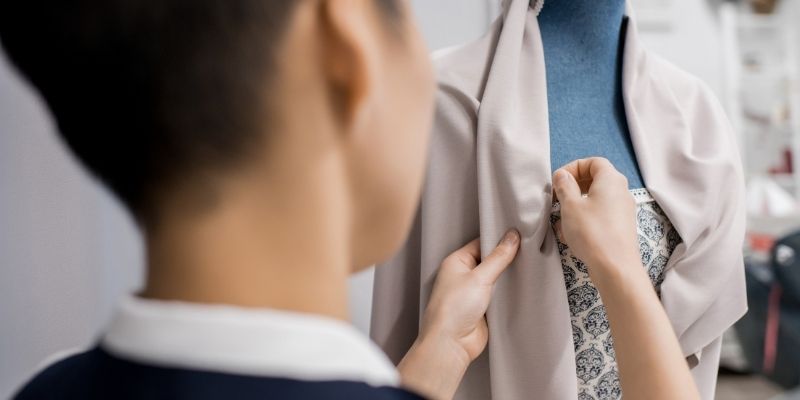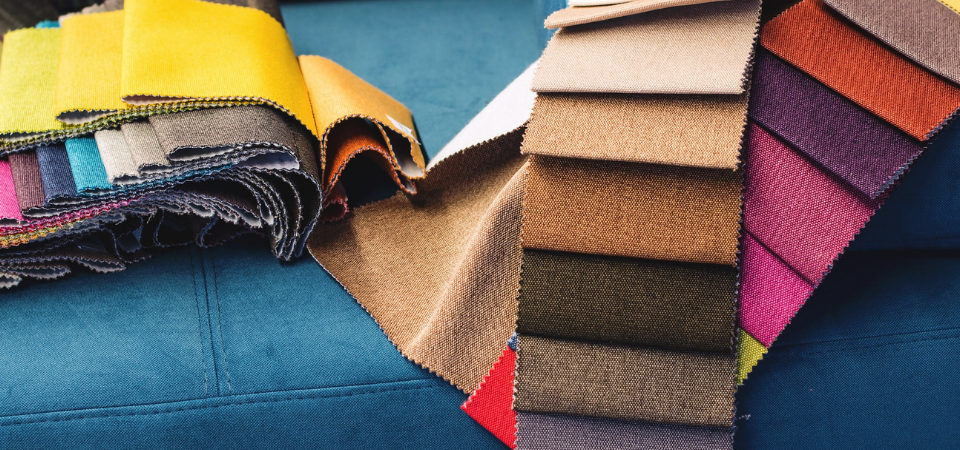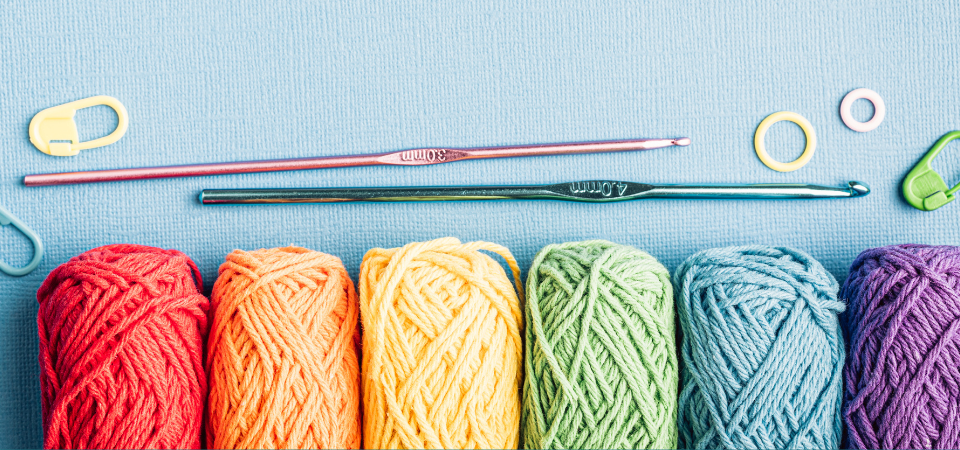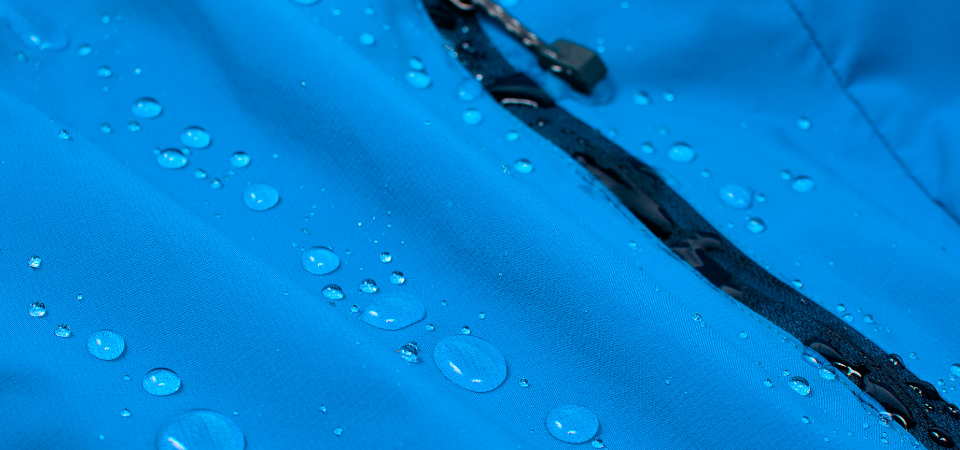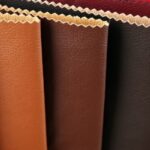
Tips and Tricks for Successful Fabric Selection
November 21, 2023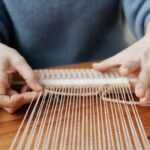
An In-Depth Look at Fabric Weaving Looms in Textiles
November 30, 2023It is common to produce alternatives to the processes performed in the textile industry. Especially in time-consuming operations such as sewing, alternative methods have a life-facilitating effect. In this respect, fabric joining methods made without the use of sewing are gaining importance day by day. Especially in industrial productions, these alternative methods are often used for low cost and faster production. There are 4 commonly used fabric joining methods depending on the fabric’s properties. These are welding, adhesive, fusing and holding, and each is done in a different technique. It is enough to visit a fabric factory to learn how to do these methods, so you can get detailed information on how to do it at home. This article takes a detailed look at what alternative methods are, how they are made and how to protect them.
Introduction to Fabric Joining Methods
Sewing is known as the most basic stage in the production of textile products because it is a process that allows the fabrics to combine and finalize. Although it seems like the only method to use seams as a joining method, the alternative variety is increasing day by day. Fabric joining methods include welding, adhesive, fusing and holding. Each of these alternative methods of joining has some advantages and disadvantages and is preferred over the traditional seam. Fabric joining methods to be used depending on the area and type of fabric can also vary. In industrial production, these 4 methods are used to reduce the cost and increase the production speed.
What Are the Mentioned Methods of Fabric Joining?
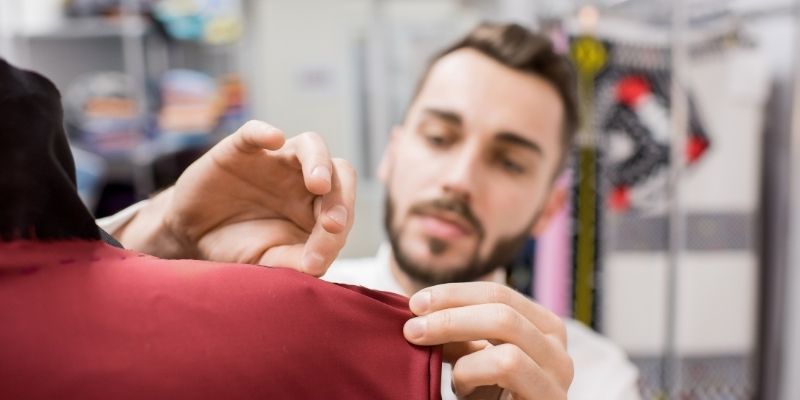
Fabrics are traditionally combined through sewing, but in some cases, sewing may not be enough or may increase the cost, depending on the area of use of the fabric. Alternative fabric joining methods are used to prevent this. The specifications of the 4 most commonly used methods are as follows.
1. Welding
Welding is one of the most commonly used joining methods. During this process, no heat is applied from the outside, but thermoplastics are glued together. Although its use is limited, it is a highly functional technique. It is especially preferable to add certain decorations and patterns to the fabric and cover the fabric edges. In order to apply this technique, it must be at least 65% thermoplastic fiber, because when the materials come into contact with each other, a heat is released and thus the fabric is joined together.
2. Adhesive
With these fabric joining methods, two pieces of fabric are bonded together without stitching. Different types of adhesives can be used to combine fabrics in this way, and these types can come in different forms, such as liquids, gels, or powders. When using this fabric joining method, it is first necessary to choose a suitable adhesive for the fabric. Adhesives can be heat, pressure or activity with any chemical, and it is important to choose the appropriate one. Then the parts where the fabrics will be joined are cleaned and taken care of to be dry. After the fabrics are joined, the adhesive is expected to harden. This method is quite functional as my fabric does not change any of its properties and has a practical use.
3. Fusing
This fabric has a similar working system with adhesive method. A thermoplastic adhesive layer is needed to perform this process, and this layer melts through heat and pressure, joining its fabrics together. It is an ideal and practical method for non-heat-sensitive fabrics. The sheet is placed on the part to be joined, melted with pressure and temperature, and then cooled and fixed. This process is also suitable to be done in houses and heat and pressure can be applied to the sheet with a household appliance such as ironing.
4. Molding
Molding is not one of the methods that is often used to combine fabrics because it does not succeed in joining multiple layers of fabric. Nevertheless, fabric takes its place among joining methods because this technique is used to give a silhouette to the fabric without the need for sewing. Ideal for use in fabrics with high stretch share, such as knitted fabrics. In order to give shape to the fabric, the fabric is placed in a mold and stretched or reduced according to the shape to be given. Then the heat and pressure are applied and the shape is cooled and fixed. It is often used in special designs and children’s clothing.
Considerations For Choosing a Fabric Joining Method
There are many factors that you should consider before choosing among the fabric joining methods. These factors are of great importance in how the process will proceed. For example, the type of fabric is an important factor that determines the fabric joining methods you choose. Different fabrics may require different bonding methods, so factors such as heat resistance and structure of the fabric should be looked at.
Another important detail is where the fabrics that are joined will be used. Fabric joining methods, selected for a fabric to be used continuously outdoors, are expected to be resistant to situations such as rain and extreme heat. In the preferred methods for daily wear, there should be a method that does not affect the elasticity of the fabric.
The durability of the fabric must also be considered. Both heat resistance and chemical resistance are important for joining operations. Otherwise, the fabric may be deformed due to heat and chemicals.
Another detail to consider when choosing fabric joining methods is cost. Each joining method has a different cost, so it is best to choose according to the budget.
Caring for Joined Fabrics
It is very important to maintain joined fabrics properly so that it is not deformed. At this stage, it is necessary to pay attention to the fact that the selected fabric joining methods are in parallel with the washing instructions, because some methods require special washing and maintenance. In addition, sensitivity to heat is another point to pay attention to. Both the sensitivity of the fabric to heat and the resistance of the junction to heat are important factors. After combining the fabric, it is also recommended to avoid products with dense chemicals so that the junction site is not damaged. Otherwise, the chemicals may erode the joints and weaken the fabric. Attention should be paid to the characteristics of the joining method to avoid wear and tear. For example, using iron in a joint made using thermoplastic material may cause the fabric to wear.

